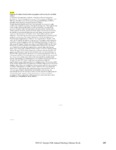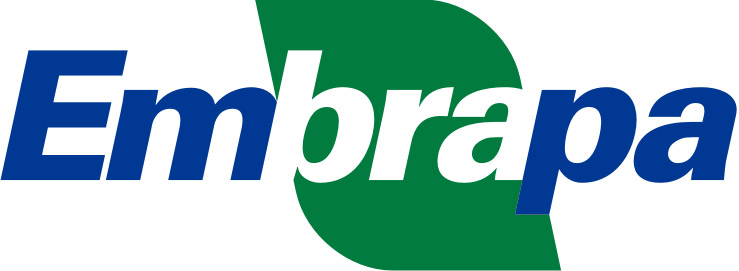Please use this identifier to cite or link to this item:
http://www.alice.cnptia.embrapa.br/alice/handle/doc/1068135Full metadata record
| DC Field | Value | Language |
|---|---|---|
| dc.contributor.author | CLEMENTE, Z. | pt_BR |
| dc.contributor.author | CASTRO, V. L. S. S. de | pt_BR |
| dc.contributor.author | MARTINEZ, D. S. | pt_BR |
| dc.date.accessioned | 2017-07-10T23:49:36Z | - |
| dc.date.available | 2017-07-10T23:49:36Z | - |
| dc.date.created | 2017-04-05 | pt_BR |
| dc.date.issued | 2016 | pt_BR |
| dc.identifier.citation | In: SETAC EUROPE ANNUAL MEETING, 26., 2016, Nantes. Proceedings... Brussels: SETAC, 2016. Ref. TU044. | pt_BR |
| dc.identifier.uri | http://www.alice.cnptia.embrapa.br/alice/handle/doc/1068135 | pt_BR |
| dc.description | Despite nanotoxicological studies have been intensified in recent years, gaps remain in the methods used to assess the nanotechnology risks. These gaps are due to the complex nanomaterials behavior in the environment, especially in the presence of organic matter and depending on the nanomaterial characteristics. Studies indicate that humic acid present in the aquatic environment can increase the stability of nanomaterial dispersions and may change its toxicity to aquatic organisms. The adsorption of oxidative debris (carboxylated carbonaceous fragments - CCFs) has also been discussed as an important factor influencing GO properties and behavior. The surface characteristics of GO can influence its biotechnological application as well as its toxicological effects. The aim of this study was to evaluate the influence of the presence of oxidative debris and humic acid in the toxicity of graphene oxide (GO) utilizing Fish Embryo Toxicity Test (FET test). GO (Sigma Aldrich) was refluxed with NaOH (0.01M, 1h, 90oC) and HCl (0.1M, 1h, 90oC) to produce GO without debris (GOwd). GO And GOwd were characterized through spectrophotometry, dynamic light scattering and atomic force microscopy. Zebrafish embryos (Danio rerio) were exposed during 96 h to 100 mg.L-1 GO or GOwd, in presence or absence of humic acid (HA, 20 mg.L-1). A control group exposed to reconstituted water was also performed. At the end of the exposure period, the larvae were measured and frozen at -20oC for subsequent evaluation of acetylcholinesterase activity (AchE). We also performed an in vitro test to evaluate direct effect of the nanomaterial in zebrafish AchE activity. Homogenates of zebrafish larvae were incubated with GO and GOwd at 30 mg/L (20 min, 30oC) before AchE assay was performed. Both GO agglomerated and precipitated quickly in reconstituted water. The presence of HA in the medium stabilized the GO suspensions similarly to that occurred with GO in ultrapure water. There was no difference between groups related to the occurrence of embryo malformation or mortality. Larvae exposed to GO were shorter and showed lower AchE activity than control and group exposed to GOwd. The in vitro test showed that the nanomaterial did not inhibit AchE activity. The nanomaterial showed low toxicity to embryo, but the reduction in total length and AchE activity in the organisms can be due to indirect effects in zebrafish development. More experiments will be performed to understand those effects. | pt_BR |
| dc.language.iso | eng | eng |
| dc.rights | openAccess | eng |
| dc.subject | Zebrafish | pt_BR |
| dc.subject | Graphne | pt_BR |
| dc.title | Influence of surface characteristics on graphene oxide toxicity for zebrafish embryo. | pt_BR |
| dc.type | Resumo em anais e proceedings | pt_BR |
| dc.date.updated | 2017-07-10T23:49:36Z | pt_BR |
| dc.format.extent2 | p. 203. | pt_BR |
| riaa.ainfo.id | 1068135 | pt_BR |
| riaa.ainfo.lastupdate | 2017-07-10 | pt_BR |
| dc.contributor.institution | Z. CLEMENTE; VERA LUCIA SCHERHOLZ S DE CASTRO, CNPMA; D. S. MARTINEZ. | pt_BR |
| Appears in Collections: | Resumo em anais de congresso (CNPMA)  | |
Files in This Item:
| File | Description | Size | Format | |
|---|---|---|---|---|
| clementeinfluence.pdf | 121.91 kB | Adobe PDF |  View/Open |









